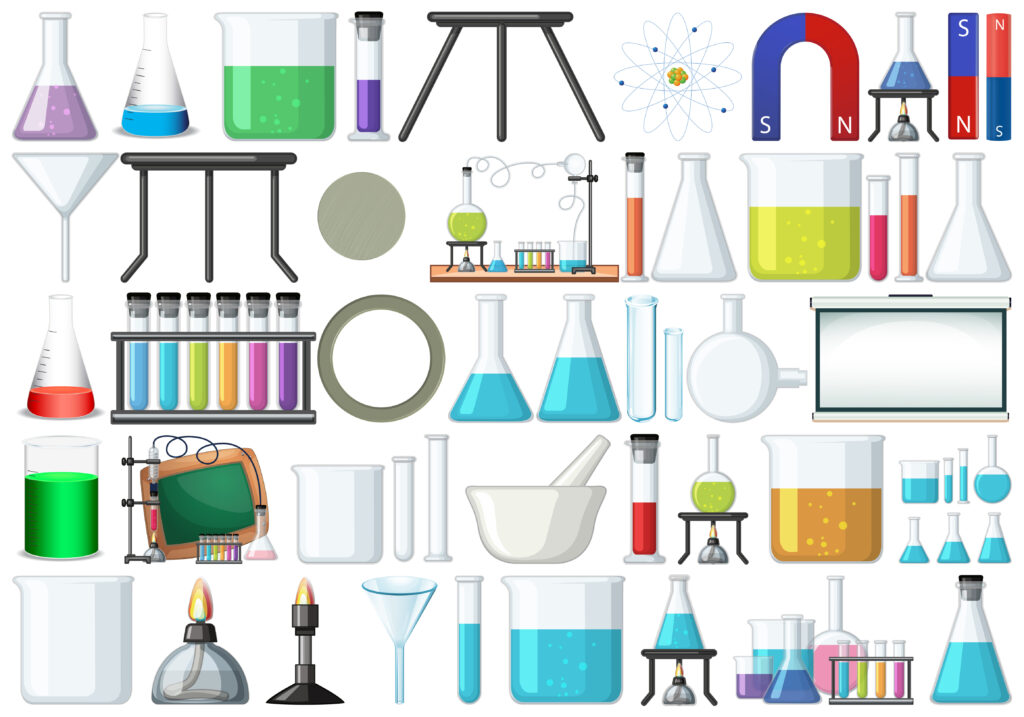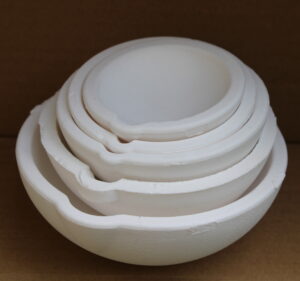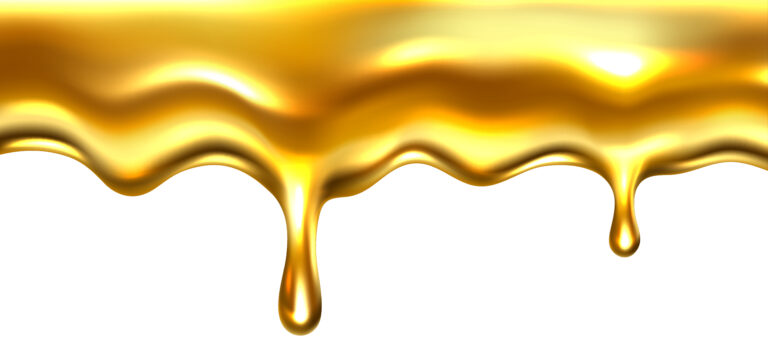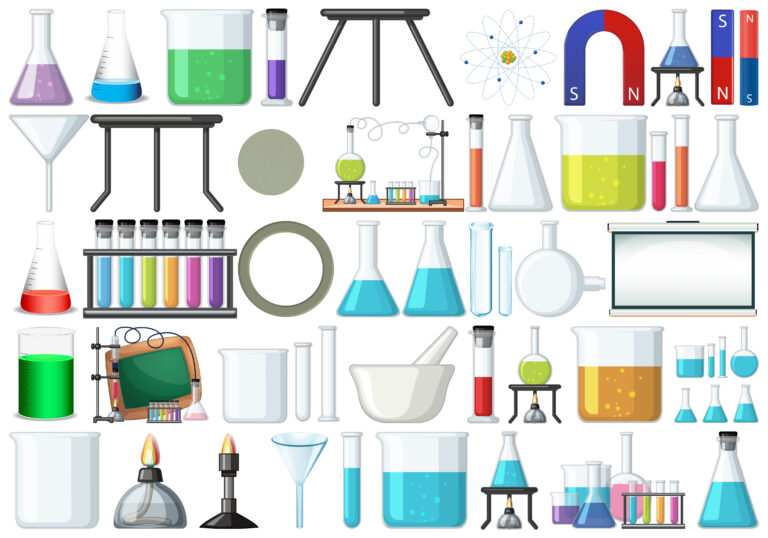
Set of lab tools illustration
Aqua Regia? What’s All About, How and When it Becomes Aqua Regia
Aqua regia, literally “royal water,” is a highly corrosive mixture of nitric acid and hydrochloric acid, famed for its ability to dissolve noble metals like gold and platinum. This article delves into the fascinating chemistry behind aqua regia, exploring its composition, preparation, applications, safety precautions, and historical significance. We’ll unpack the intricate details of its reactive properties, clarifying exactly when and how this potent mixture forms its unique capabilities. Understanding aqua regia requires a nuanced perspective encompassing both its historical context and its contemporary scientific understanding. This comprehensive guide aims to provide that understanding.
Aqua regia, a fuming, highly reactive mixture, holds a unique place in the history of chemistry. Its ability to dissolve seemingly invincible metals like gold, a property not possessed by either of its constituent acids alone, has captivated scientists and alchemists for centuries. This article explores the science behind this remarkable substance, detailing its creation, properties, uses, and the crucial safety considerations surrounding its handling. We will dissect the chemical reactions involved and explore the conditions necessary to create and utilize this powerful reagent effectively and safely.
Q: What is aqua regia made of?
A: Aqua regia is a freshly prepared mixture of concentrated nitric acid and concentrated hydrochloric acid, optimally in a molar ratio of 1:3. The nitric acid acts as an oxidizer, while the hydrochloric acid provides chloride ions to complex with the resulting metal ions, preventing the re-formation of the insoluble metal.
Q: Why is aqua regia so powerful?
A: Aqua regia’s potency stems from the synergistic effect of its components. Nitric acid oxidizes the noble metal (like gold), forming metal ions. Simultaneously, the hydrochloric acid forms highly stable chloro-complexes with these ions, drawing them into solution and preventing the reverse reaction. Neither acid alone possesses this ability.
Q: Is aqua regia dangerous?
A: Absolutely. Aqua regia is extremely corrosive and releases toxic fumes, including nitrogen oxides, which are harmful to the respiratory system. Direct contact with skin or eyes can cause severe burns. Its preparation and handling require strict safety protocols, including the use of appropriate personal protective equipment (PPE) like gloves, goggles, and a fume hood.
The Chemical Composition of Aqua Regia
Aqua regia’s remarkable properties originate from its specific composition: a 1:3 molar ratio of concentrated nitric acid (HNO₃) and concentrated hydrochloric acid (HCl). This precise ratio is crucial.
- Nitric Acid (HNO₃): The oxidizing agent. It attacks the gold, breaking the metallic bonds and oxidizing the gold atoms into Au³⁺ ions.
- Hydrochloric Acid (HCl): Provides chloride ions (Cl⁻). These ions complex with the Au³⁺ ions, forming tetrachloroaurate(III) anions ([AuCl₄]⁻). This complex formation is crucial; it pulls the gold ions into solution, preventing their reduction back to metallic gold.
- The Synergistic Effect: The combined action of oxidation and complexation is what distinguishes aqua regia. Neither acid alone can dissolve gold.
- Fresh Preparation: Aqua regia is highly unstable and loses its effectiveness quickly upon preparation. The nitric acid’s oxidizing power diminishes over time, rendering the mixture less effective at dissolving gold.
- Fumes: The reaction produces highly toxic nitrogen oxides (NOₓ) gases, requiring its use within a well-ventilated fume hood.
The Dissolution Process of Gold in Aqua Regia
The dissolution of gold in aqua regia is a complex multi-step process, a fascinating interplay between oxidation and complexation.
- Oxidation: Nitric acid (HNO₃) oxidizes gold (Au) to its +3 oxidation state (Au³⁺). This involves the transfer of electrons from gold to nitrate ions (NO₃⁻).
- Au + 3HNO₃ → Au³⁺ + 3NO₂ + 1.5H₂O
- Complexation: The newly formed gold(III) ions (Au³⁺) readily react with chloride ions (Cl⁻) from the hydrochloric acid (HCl), forming the stable tetrachloroaurate(III) anion ([AuCl₄]⁻).
- Au³⁺ + 4Cl⁻ → [AuCl₄]⁻
- Overall Reaction: The overall reaction is a combination of oxidation and complexation steps:
- Au + 3HCl + HNO₃ → [AuCl₄]⁻ + NO₂ + H₃O⁺ + H₂O
- Driving Force: The formation of the stable tetrachloroaurate(III) complex ion is the driving force of the reaction. It removes Au³⁺ from the solution, preventing its reduction back to metallic gold and pushing the equilibrium towards complete dissolution.
- Reaction Kinetics: The reaction rate is influenced by the concentration of acids, temperature, and the presence of other substances.
Safety Precautions When Handling Aqua Regia
The handling of aqua regia mandates stringent safety protocols due to its extreme corrosiveness and toxicity.
- Fume Hood: Aqua regia must always be handled inside a well-functioning fume hood to mitigate the risk of inhaling toxic nitrogen dioxide (NO₂) gas.
- Personal Protective Equipment (PPE): Complete PPE, including gloves (nitrile or neoprene), goggles, and a lab coat, is mandatory. Eye protection is particularly critical due to the potential for splashing.
- Appropriate containers: Use chemically resistant containers (e.g., borosilicate glass) that are specifically designed to handle corrosive chemicals.
- Waste Disposal: Aqua regia waste requires careful neutralization and disposal according to local regulations. Never pour it down the drain.
- Spills: In case of spills, immediately neutralize the spill with a suitable base (like sodium bicarbonate solution) and follow established spill response protocols. Neutralization generates heat and may result in additional dangerous fumes.
- First Aid: In the event of skin contact, immediately flush the affected area with copious amounts of water for at least 15 minutes. Seek immediate medical attention.
Historical Significance and Applications of Aqua Regia
Aqua regia holds a significant place in the history of chemistry and metallurgy. Its discovery and application marked milestones in scientific advancements.
- Alchemical Origins: Aqua regia’s discovery is often attributed to alchemists searching for the mythical philosopher’s stone. While its original purpose wasn’t to dissolve gold, the accidental discovery of this ability was a significant observation.
- Gold Refining: It remains an important reagent in the refining of gold, separating it from other base metals. This involves dissolving gold in aqua regia, followed by a series of processes to recover pure gold.
- Platinum Dissolution: Similar to gold, aqua regia can also dissolve platinum, though the process is more complex and requires heating.
- Etching: In specialized applications, aqua regia can be used for etching metals or creating highly specialized chemical treatments.
- Synthesis of Gold Compounds: Aqua regia is sometimes a precursor for the synthesis of specific gold compounds, serving as a source of gold ions for various chemical reactions.
Aqua regia, a potent mixture of nitric and hydrochloric acids, stands as a testament to the power of chemical synergy. Its ability to dissolve noble metals like gold and platinum, a feat impossible for its constituent acids alone, has captivated scientists and alchemists for centuries. While its historical roots are steeped in alchemy, its contemporary applications remain crucial in gold refining and various specialized chemical processes. However, its inherently dangerous nature necessitates rigorous safety precautions and strict adherence to established protocols during its preparation, handling, and disposal. Understanding the chemistry behind its reactivity, the safety risks involved, and its historical significance provides a comprehensive perspective on this remarkable substance.





